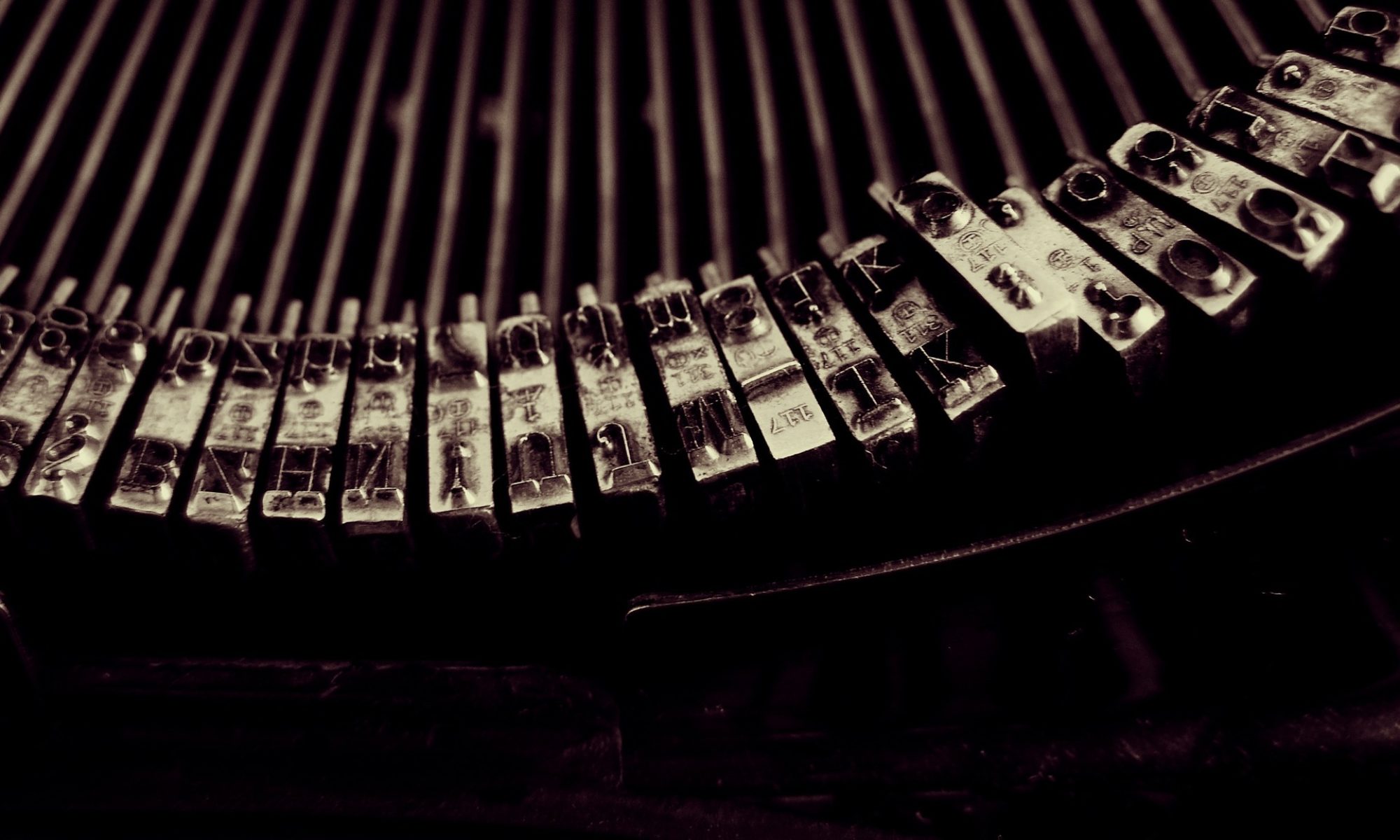
Hi writers! It’s been a busy week and I fell behind a bit. Here is yesterday’s post. If you are new to the site this month, it is not too late to join in our challenge: experience journaling. Pick something new to try (I chose watercolor painting), dive into it, and chronical your experience. Or choose from a list of new experiences to broaden your worldview and jumpstart your writing. Have fun!
* * *
Day 7 – A Watercolorist’s Journal
I am sitting next to my mother, madly mixing colors, serenely applying them in little dots and swirls to the penciled grid on my page, not worrying if the colors are ugly, if they “match,” if my circles are a little bit messy. I have in mind the final effect and I know it is almost better if it isn’t perfect. My mom does her own, tentative version, very neat, very precise. “We’re supposed to fill the whole square?” she asks. “Isn’t it sort of ugly?” Yes. And yes. But it will be beautiful, when you’re all done and you step back. I assure her of this.
The first time I made Kandinsky circles I was a freshman in college, studying architecture, sitting in a studio class called Basic Design 2. Basic Design 1, the previous semester, had–indulge a big of exaggeration here–broken me.
My BD1 professor was a peer little woman named Gretchen, with a minimalist bowl of chestnut hair cut in an heavy fringe of bangs, squinting behind avant garde frames. She worshipped Frank Lloyd Wright as a personal deity. We were her protégés, conposing her atelier. She expected great things of us. And she set about teaching us tedious skills like hand lettering and the Goff method of rendering finely detailed three-dimensional perspectives of building interiors. We learned how to draw little dots and triangles to represent concrete and sand in cross section. (Actually, I liked that part.)
On the whole, it was difficult. It was not something I was good at. And as a, until thus far, straight-A student, this had the immediate effect of cracking my brain in half. I wasn’t good at this. I couldn’t do it. I became paralyzed. I procrastinated until, the night before my final set of drawings was due, I had hardly begun. I called my mother, sobbing. She came to me, assessed the situation, and said quite sensibly, “Just do the best you can. Between now and tomorrow morning. Just finish it. You can do better next time.”
I was thunderstruck. I sat myself down and took her advice. And I’ve realized, many times since then, that it was the most important thing I learned those four (okay five) years. And I learned it from my mother, in my living room, not from some credentialed professor with office hours and weird glasses. In the end, I got a C+. I was devastated. But I went into my second semester fueled by the fires of redemption.
My BD2 professor—also named Gretchen (I can’t make this up, folks)—was a former ballerina turned artist, following some mysterious injury. She was wistful and sad, with dark circles under her eyes. I wanted to please her. I took her class very seriously.
And one day we made Kandinsky circles. We used smelly opaque gouache, not watercolors, but the effect was much the same: colors, next to each other, speaking to each other, advancing, receding, evoking memories and associations in their particular combinations.
Wassily Kandinsky was a lawyer in Russia who gave up that career to become one of the first abstract artists. He was a synesthete; colors were musical to him. “Color Study. Squares with Concentric Circles,” was not meant as a finished piece. It was a small color study he made as part of his creative process. But it is perhaps his most well-known painting. For me, it is heavy with associations, symbolic of some early change in my personality. I sat down at that page all those years ago and painted my circles, not worrying too much if I was good at it or if they were perfect. I had an assignment and I did it. I just did it. And it turned out fine.
And with that, I leave you with a few quotations from Mr. Kandinsky:
” … lend your ears to music, open your eyes to painting, and … stop thinking! Just ask yourself whether the work has enabled you to ‘walk about’ into a hitherto unknown world. If the answer is yes, what more do you want?”
“Everything that is dead quivers. Not only the things of poetry, stars, moon, wood, flowers, but even a white trouser button glittering out of a puddle in the street … Everything has a secret soul, which is silent more often than it speaks.”
“Color provokes a psychic vibration. Color hides a power still unknown but real, which acts on every part of the human body.”










